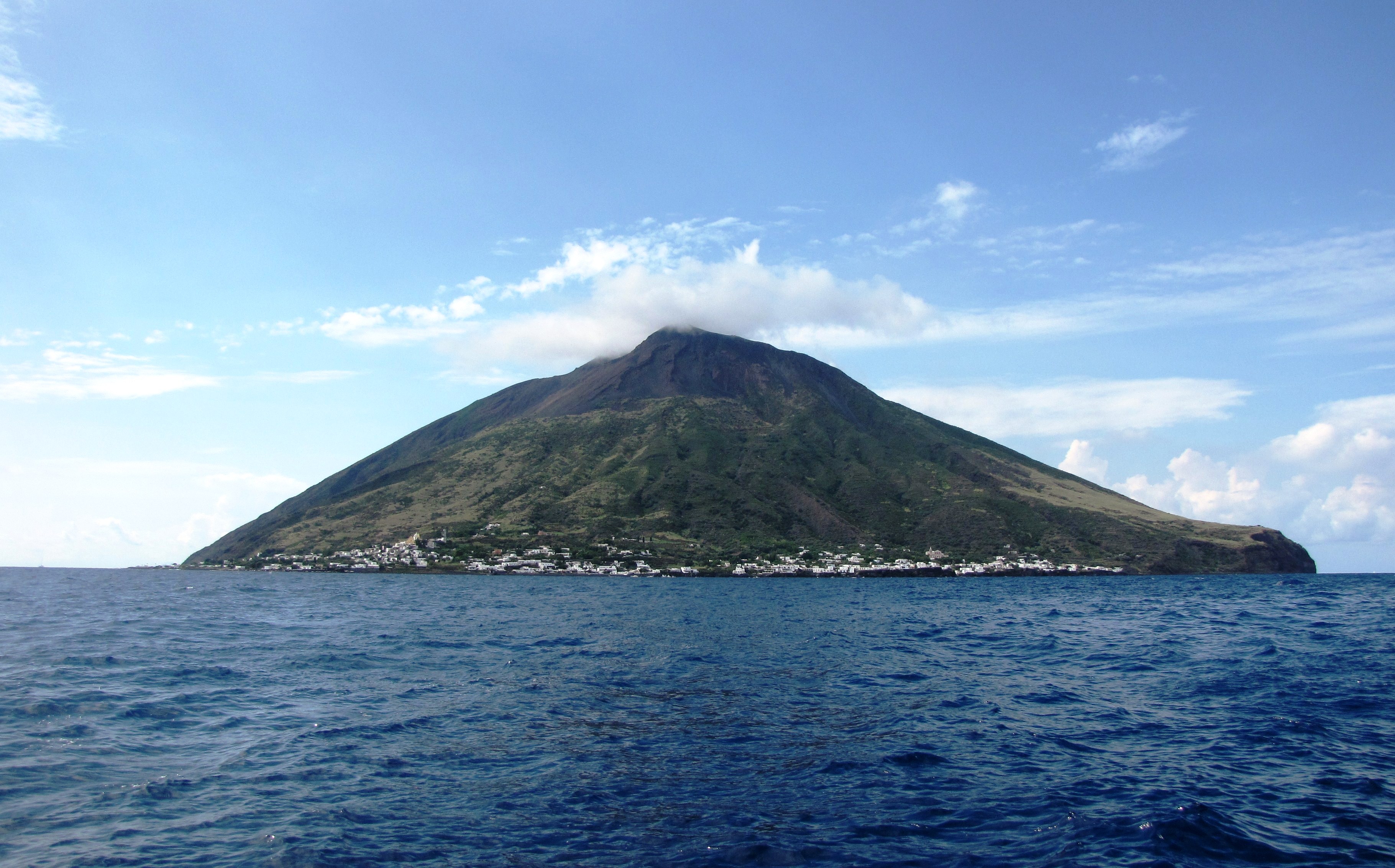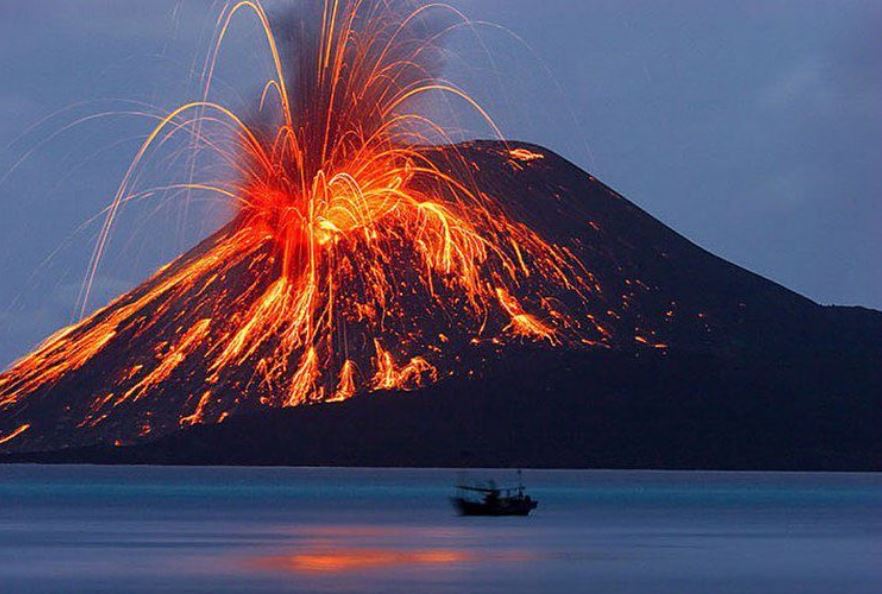


Located in the Tyrrhenian Sea, the island of Stromboli belongs to the archipelago of the Aeolian Islands and is located further north than the other islands of the archipelago. The geological history of the island of Stromboli begins about 200,000 years ago, when a first large active volcano emerges from the sea, in a NE position with respect to the island; only the solidified conduit (neck) represented by Strombolicchio remains of this ancient volcano. Stromboli is known, frequented and inhabited since the remote antiquity of which the important prehistoric village of San Vincenzo is known, and its economy has always been based on typically Mediterranean agricultural production: olive trees, vines (malvasia cultivated low in terraced gardens) , Figs - and then on fishing and seafaring. Until the nineteenth century this economy was flourishing and in 1891 Stromboli reached around 2 700 inhabitants according to the official data available (source Mastriani and ISTAT).

The worsening economic conditions following the unification of Italy, the recurrence of eruptions and earthquakes (in particular the eruption of 1930) and finally the attack of downy mildew which in the thirties exterminated the most profitable local culture, that of the vine, meant that a very large majority of the Strombolans took the path of emigration, especially towards Australia and America and the island seriously risked being abandoned. It was rediscovered after the war by Roberto Rossellini who, with the 1949 film Stromboli land of God (with the female protagonist the young Ingrid Bergman), brought the island and its extraordinary nature to the attention of the public.

The volcano is called by its inhabitants (the Strombolans) Struògnoli, or even Iddu (He in Sicilian), in reference to the divine nature that was once attributed to uncontrollable natural phenomena. The name comes from the ancient Greek ΣτρογγÏλη (round) because of its shape. In Sicilian strummulu means top. Stromboli gives its name to a type of volcanoes characterized by an effusive volcanic activity called Strombolian.
Island of Stromboli
Address: 98050, Lipari
Phone:
Site:
https://www.beniculturalionline.it/Location inserted by
Culturalword Abco